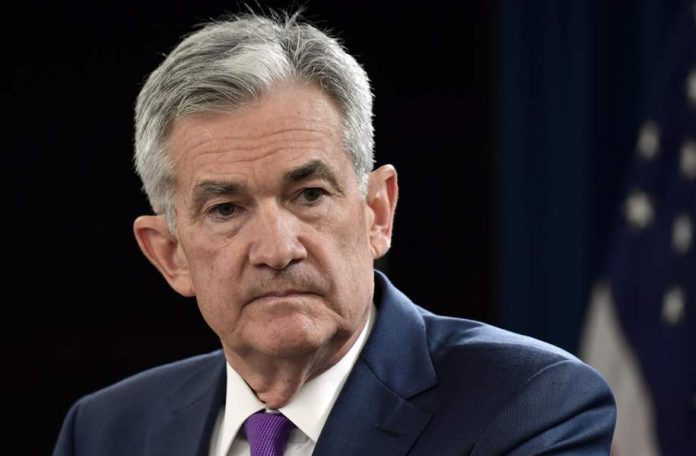The Dow Jones Industrial Average gained again this morning, continuing its longest winning streak in over half a decade while traders sifted through earnings.
The Dow edged higher by 0.22% as the S&P 500 gained 0.30%. The tech-heavy Nasdaq Composite outperformed, rising by 0.66%.
Despite an upward revision in its full-year earnings guidance, released this morning, shares of General Motors took a 4% hit. On a positive note, General Electric soared by more than 5% on the strength of its projection-topping Q2 revenue.
Big Tech players Alphabet and Microsoft are set to report their quarterly results after the closing bell.
Earnings season is in full swing, with close to 130 firms from the S&P 500 index having unveiled their Q2 earnings. Approximately 79% of these companies outperformed analyst estimates.
U.S. Bank’s Tom Hainlin noted:
“We’re going to get a lot of real information on corporate America. This is kind of the true test of how companies did in the second quarter and what their outlook for the year is.”
Monday saw the Dow ascend over 183 points, or 0.5%, marking its 11th consecutive win. The 30-stock index also hit its highest level since April 2022 on the backs of overachieving value shares in recent weeks.
“We would call [the move in the Dow] the catch-up trade. You’ve seen a broadening out, but you haven’t seen a handoff in leadership,” commented Hainlin.
Hainlin further added:
“For us, if we were just to look at the market and say we’re optimistic about the durability of this rally, we would want to see that leadership handoff, and we would want to see those cyclical sectors and small caps really start to outperform the market. We haven’t really seen that yet.”
Wall Street is waiting for Wednesday’s rate hike from the Fed, along with Fed Chair Jerome Powell’s commentary on the economic outlook amidst inflation struggles. Data from the CME FedWatch Tool indicates a 98% probability of a quarter-point rate hike.
Main Street, meanwhile, is anticipating economic progress according to this morning’s Conference Board survey. The Consumer Confidence headline print jumped from 102.5 to 109.7, the highest since July 2021. Both the Present Situation and Expectations Index displayed promising growth, with the Present Situation recording its best figure since the COVID-induced lockdowns.
Despite the uptick in interest rates, consumers are showing a positive outlook, likely driven by falling inflation and a favorable job market. Even though the perception of a looming recession has lessened, a downturn by year-end is still expected.
“Consumer confidence rose in July 2023 to its highest level since July 2021, reflecting pops in both current conditions and expectations,” said Dana Peterson, Chief Economist at The Conference Board.
“Greater confidence was evident across all age groups, and among both consumers earning incomes less than $50,000 and those making more than $100,000.”
In June, the 12-month consumer inflation expectation slipped to its lowest since October 2020, at 5.70%.
Despite minor easing in the labor market tightness last month, consumers remain positive about their current financial conditions. This could be attributed to a softening inflation scenario and sustained income from employment.
But Peterson also noted that “The proportion of consumers saying recession is ‘somewhat’ or ‘very likely’ to occur ticked up in July, contrary to the Expectations Index spiking this month above the threshold of 80. Still, recession expectations remained below their recent peak, suggesting fears of a recession have eased relative to earlier this year.”
And while that’s probably a good thing for bulls in the short-term, it might only lead to a bigger selloff when recessionary data starts to arrive. Keep in mind that while S&P stocks have mostly beaten estimates this earnings season, they’re clearing a low bar.
S&P earnings estimates are down 7% year-over-year. Each earnings season usually sees about 80% of S&P stocks beat earnings. We’re right on track with a current “beat rate” of 79%.
But estimates are made to be beaten, and given that only 79% of companies are clearing historically easy-to-surpass estimates, the recessionary data may already be here. It’s just shrouded by the fact that economists set the bar so low.
That being said, the market could have ample room to run if Big Tech posts major beats this week, clearing estimates by a wide margin. It could certainly happen, and if Powell leans dovish in his post-hike presser on Wednesday, the next major meltup is likely just around the corner.








